The National Assembly Building (국회의사당)
2024-02-29
1, Uisadang-daero, Yeongdeungpo-gu, Seoul
+82-2-788-2114
The National Assembly Building stands as the symbol of Korean democracy. It consists of the National Assembly Building, the National Assembly Library, and the Memorial Hall. Visitors can take part in programs such as observing the Plenary Chamber and visiting the Children's Museum. Because it is a great place to learn about Korean history and politics, it is a popular tourist site. Visitors are required to make reservations for their visit, which can be done through the webpage.
Sokcho Beach (속초해수욕장)
2024-11-28
190 Haeoreum-ro, Sokcho-si, Gangwon-do
Sokcho Beach opened in 1976 and is one of Korea's representative beaches. It is close to Sokcho's downtown, and the express bus terminal is also within walking distance, so transportation is convenient. With clear sea water, shallow depth, and a gentle slope, Sokcho Beach attracts visitors from all over the country every summer. Especially during the high season in July and August, the beach is so cluttered that there's nowhere to walk. There are many restaurants and facilities near the beach. And there is a pine forest with a small park and a trail behind the beach. The sculptures installed throughout the sandy beach are a sight to see regardless of the season, so tourists continue to visit even after the holiday season. There are sculptures including the Korean initials "ㅅㅊ" symbolizing Sokcho, a large compass showing directions to countries around the world, and a dolphin sculpture. The large picture frame with the blue sea in the background and the Stairway to Heaven are the most popular photo spots here. The beach often serves as a venue for a variety of events like performances and festivals.
Gochang Seonunsa Temple (선운사 (고창))
2024-04-07
250, Seonunsa-ro, Gochang-gun, Jeonbuk-do
+82-63-561-1422
Seonunsa Temple is known to have been built in 577, the 24th year of King Wideok of the Baekje dynasty. It is the second head temple of Jogye Order in Jeollabuk-do. According to the temple's historical records, it was originally a very large temple with 89 hermitages and 3,000 monks. Today, only four hermitages remain: Dosoram, Chamdangam, Dongunam, and Seoksangam. In addition, the temple is home to 25 prestigious heritages, namely the Forest of Common Camellias, which is designated as ㅁ Natural Monument. A festival dedicated to this forest is held every April.
Hwaeomsa Temple (화엄사)
2021-02-05
539, Hwaeomsa-ro, Gurye-gun, Jeollanam-do
+82-61-783-7600
Situated at the foot of Jirisan Mountain, 5.4 kilometers east of Gurye-eup, Hwaeomsa Temple was constructed in the 22nd year of King Seong's reign (544) during the Baekje era, but was burnt down during the Imjin War (1592-1598). The temple was rebuilt in 1636 after seven years of reconstruction. The temple has various cultural assets including National Treasures, Treasures, a Natural Monument, and local cultural assets as well as 20 different buildings.
Hyeonchungsa Shrine (현충사)
2020-04-03
126, Hyeonchungsa-gil, Asan-si, Chungcheongnam-do
+82-41-539-4600
Hyeonchungsa Shrine, located in Asan-si, is the shrine of General Lee Sun-Shin (1545-1598). It was built in 1706, and named Hyeonchungsa Shrine the following year. In 1932 during the Japanese occupation, a treasure preservation committee was formed to protect the shrine. Afterward, the shrine was rebuilt by the government, its area greatly enlarged, and was further developed into a sacred place.
The shrine contains Sipkyeongdo, a pictorial biography of general Lee Sun-Shin’s portrait and his life story. Nanjung Diary, designated National Treasure No. 76, his Long Sword, Treasure No. 326, and other treasures are displayed within the shrine as well, together with the old house he lived in, the arrow shooting range, and Geobuksun (turtle ship). When you enter the of Hyeonchungsa Shrine, Chungmu gate, you will see another gate called Hongsal Gate. Go past Hongsal Gate and you can see Lee Sun-Shin’s portrait, which was made with Korean Cheonggiwa tiles and iron-reinforced concrete. Inside the Gotaek Building is the Chungmujeong House, where Lee Sun-Shin spent his life until he was a young man. The newly added pond, Yeonji Pond, in Hyeonchungsa Shrine is also worth exploring.
Songnisan National Park (Chungcheongbuk-do Section) [속리산국립공원(충북)]
2024-03-15
Sangpan-ri, Songnisan-myeon, Boeun-gun, Chungcheongbuk-do
+82-43-542-5267
Situated in the heart of the Sobaek Mountain Range, Songnisan National Park encompasses the majestic Songnisan Mountain, standing at 1,057 meters, and the picturesque Hwayanggyegok, Seonyugyegok, and Ssanggok Valleys. Designated as a National Park in 1970, this natural sanctuary is celebrated for its stunning landscapes and unique rock formations. Key highlights include the awe-inspiring peaks of Cheonhwangbong, Munjangdae, and Birobong. Additionally, the park is home to historical and cultural treasures such as Beopjusa Temple, Seongbulsa Temple, and the ancient Gyeonhwonsanseong Fortress.
Hadong Ssanggyesa Temple (쌍계사(하동))
2024-03-08
59 Ssanggyesa-gil, Hadong-gun, Gyeongsangnam-do
Ssanggyesa Temple was founded on the southern foothills of Jirisan Mountain in 722 during the reign of Silla King Seongdeok. The temple is famous for the 6-kilometer stretch of cherry blossom trees that bloom each spring. The temple was originally called Okcheonsa Temple, but was changed to the current Ssanggyesa Temple in 887. The current temple buildings were all built in 1632, after having been burned down during the Imjin War (1592-1598). The temple grounds and nearby area feature many historic and beautiful attractions, including Burilpokpo Falls and a large tea plantation.
Jirye Arts Village (지례예술촌)
2024-05-29
427 Jiryeyesulchon-gil, Andong-si, Gyeongsangbuk-do
+82-54-852-1913
Located in Andong, Jirye Arts Village first formed as a result of the construction of Imha Dam. When a small neighborhood in Jirye-ri, Imdong-myeon was at the risk of flood due to the dam, Kim Won-gil, the village leader at the time, relocated and rebuilt ten houses to the current location in 1986. This neighborhood, now known as Jirye Arts Village, was designated as an art village in 1990 and since then, many artists settled in the neighborhood and formed a community of culture and art. Today, Jirye Arts Village offers a variety of opportunities to experience Korean culture through hands-on arts and crafts as well as diverse cultural activities.
Yongsan Family Park (용산가족공원)
2022-12-15
185, Seobinggo-ro, Yongsan-gu, Seoul
+82-2-792-5660
Visitors to Yongsan Family Park can enjoy a relaxing time at a big grassy field beside a refreshing pond and well-organized walking paths. Yongsan Family Park spans an area of roughly 89,256.20 ㎡ in what was a section of the former golf course of the Eighth US Army Division. The park is comprised of various facilities such as a 2km-walking path, a natural education site, and Taegeukgi Park. Visitors can watch and feed pigeons and wild pheasants living at the park.
Halla Arboretum (한라수목원)
2024-10-18
72 Sumogwon-gil, Jeju-si, Jeju-do
+82-64-710-7575
Halla Arboretum is home to nearly 1,100 species of plants, including both natvie jeju flora and exotic subtropical species. The arboretum offers visiors with the opportunity to enojy a variety of wildflowers throughout the year. It features specialized gardens dedicated to rare Jeju plants, orchids, aquatic plants, along with greenhouses and a forest bath site located along the Gwangioreum Trail. The trail is known for its gentle incline, making it ideal for leisurely strolls. These walks offer the ideal opportunity to fully appreciate the fragrant array of flowers blooming along the path..

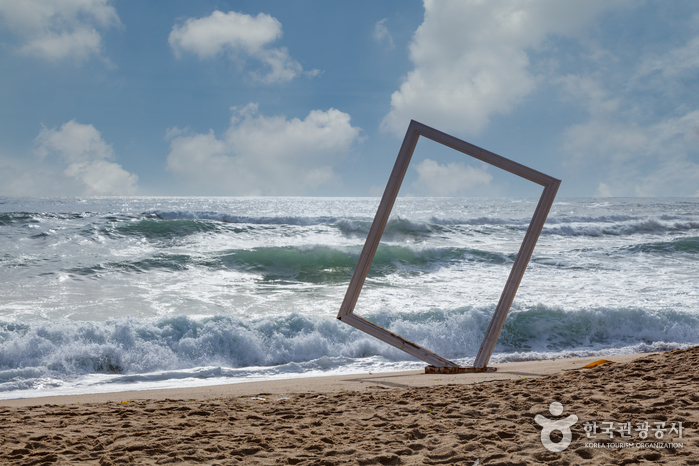

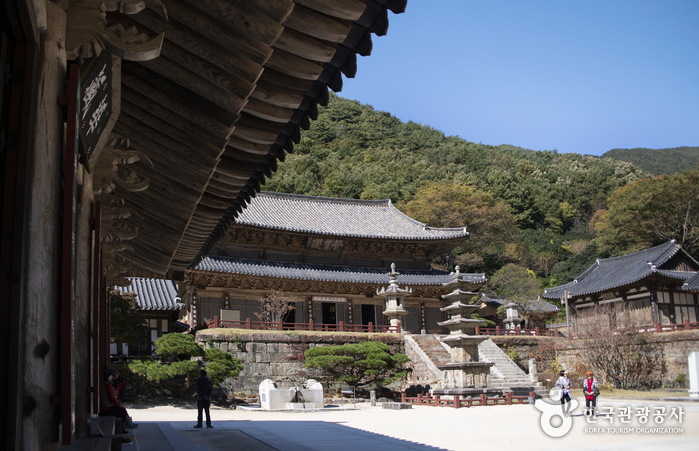
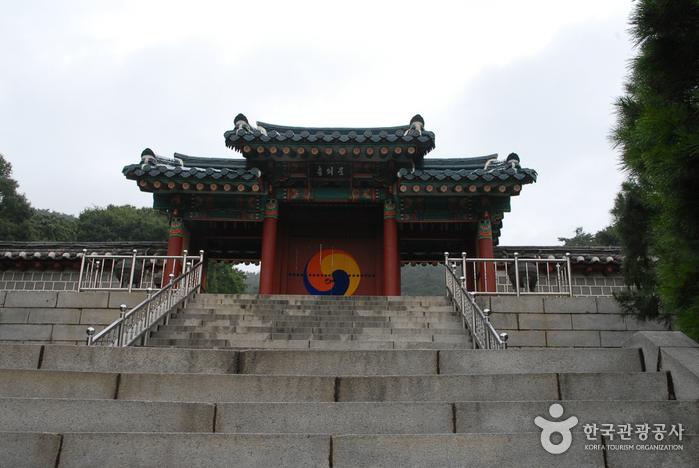
![Songnisan National Park (Chungcheongbuk-do Section) [속리산국립공원(충북)]](http://tong.visitkorea.or.kr/cms/resource/04/2677704_image2_1.jpg)
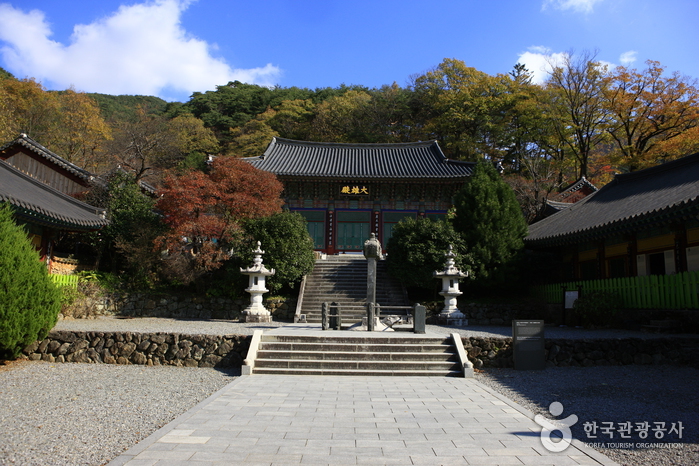
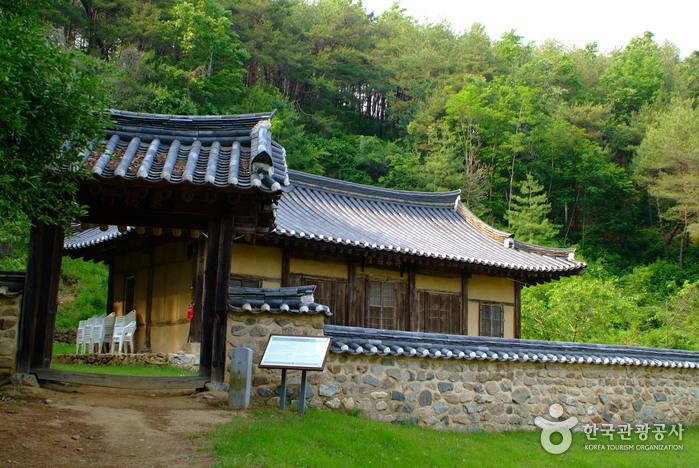

 English
English
 한국어
한국어 日本語
日本語 中文(简体)
中文(简体) Deutsch
Deutsch Français
Français Español
Español Русский
Русский